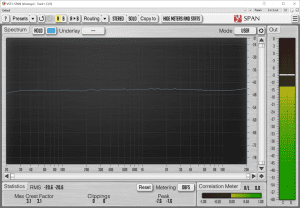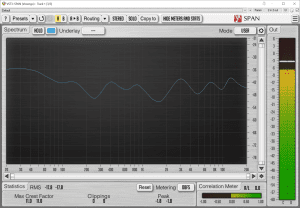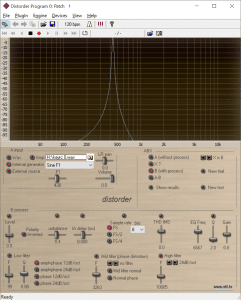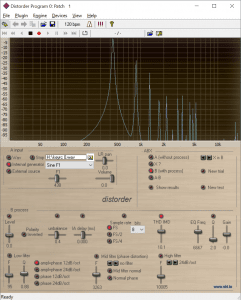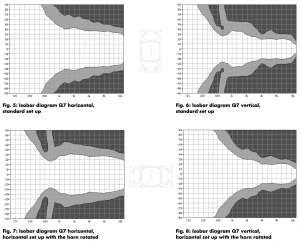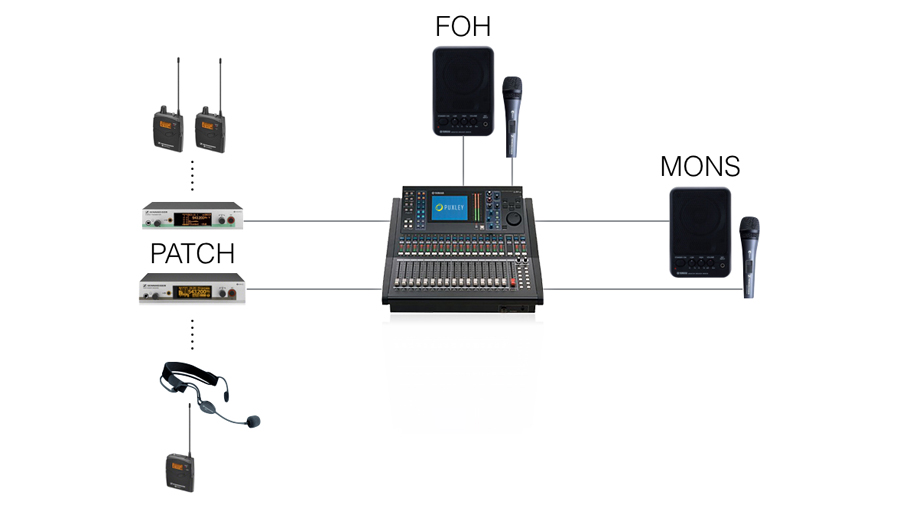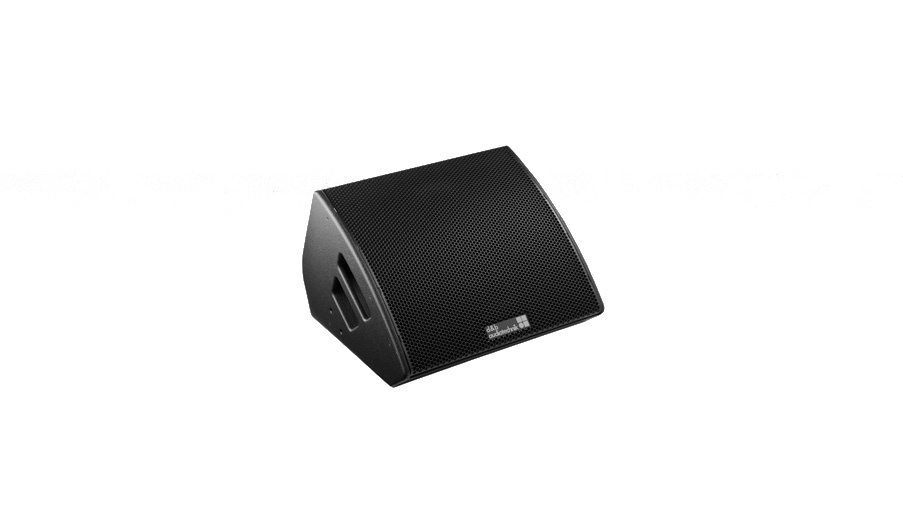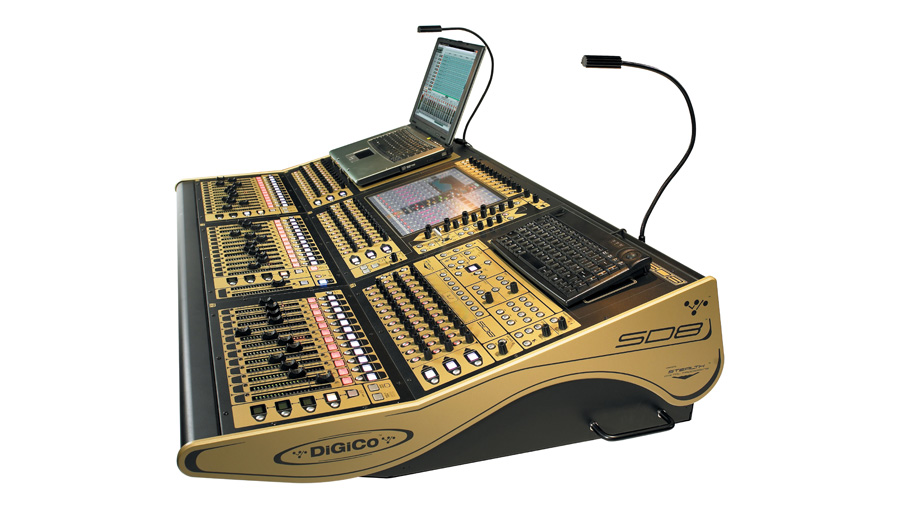Product specifications and what they mean
Posted on / 20 Jan 2017
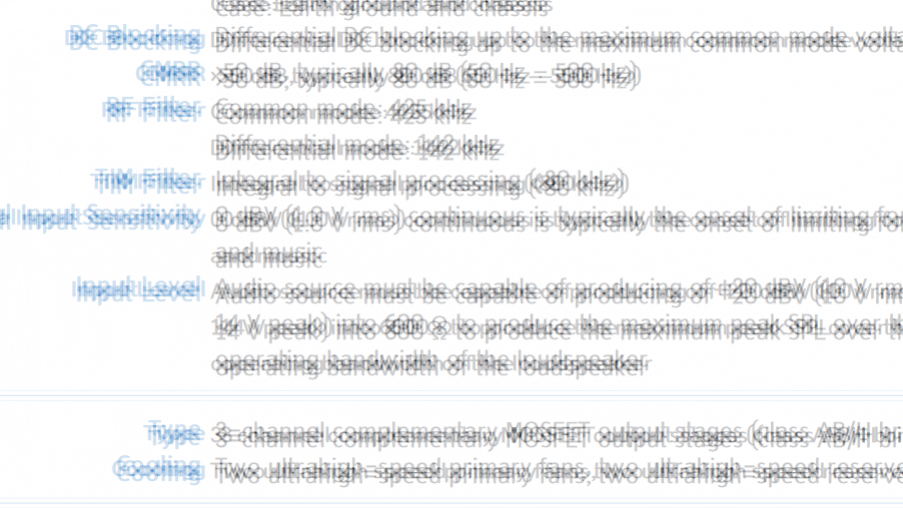
A look at the specs and measurements supplied with loudspeakers and other equipment, and how they can be abused to pretend a piece of gear performs better than it actually does.
There’s no better time to buy a speaker system. Improvements in speaker design, materials, signal processing, and manufacturing mean that some excellent equipment with fantastic specifications can be bought for minimal cost.
However, with the good products come a whole host of bad ones – some of which you’ve probably used. The funny thing is, at first glance, if you look at the specifications for a cheap Chinese-made loudspeaker, and something from a reputable European or American manufacturer, they can sometimes look pretty close. It won’t be until you turn them on that you’ll know any different, and at that point, the difference will probably be quite noticeable!
Every customer wants to know the same things about whatever piece of equipment they’re about to buy. In the case of a loudspeaker, they’ll want to know how much of the audio spectrum it can reproduce (its frequency range), how loud it goes, how directional it is, and other similar characteristics. Every manufacturer supplies this information in one form or another, to varying degrees of precision, and that’s where the difference lies. Let’s look at some examples.
80Hz – 18kHz
A stated frequency response without a +/- or range figure (in dB) is probably the most common fib. Most any commercial loudspeaker will be able to reproduce both 30Hz and 20kHz, however those frequencies will be a lot quieter than those within the true operating range of the speaker – it’s a statement more that 30Hz comes out of the loudspeaker at all, rather than that the loudspeaker is able to reproduce 30Hz at volume!
I’ve made some some example images to illustrate what I’m talking about. The left-hand image shows an ideal loudspeaker (actually just the output of a noise generator, but let’s pretend…); its frequency response is flat from 20Hz to 20kHz. Note the scale on the left hand side, which is in dB. The signal is normalised to -45dB, and there’s no single frequency which is noticeably louder or quieter than any other – ideal. We could describe this as 20Hz – 20kHz +/- 1dB.
- 20Hz to 20kHz, +/- 1dB
- 20Hz to 20kHz, +/- 6dB
The second image could also be described as 20Hz to 20kHz if you were feeling generous! But, look at the scale on the right – 3kHz is fully 13dB louder than 1.6kHz! As a result, this speaker would not sound very good, but it is reproducing 20Hz to 20kHz, which is what we’d print on the box if we were being dishonest. If we were going to be truthful, we would describe this as 20Hz – 20kHz +/- 6dB, as it’s a maximum of 6dB quieter or louder at a particular frequency, relative to our reference level.
Total Harmonic Distortion
This is one of those terms which sounds more complicated than it actually is. THD is, in short, a measure of how much of the output of a system is our original input signal, and what percentage of the output is distortion related to the input. This is also easier to explain with pictures and audio. Below are screen captures of Distorder, a combination function and distortion generator from http://ohl.to. It’s currently outputting a pure sine wave of frequency 438Hz at 0dBFS (left).
- 438Hz, Pure Tone
- Tone with 10% THD
On the right, I’ve engaged the distortion function, and set it to 10% – one tenth of the power represented (area under the curve) is unwanted noise. 10% is quite a high THD amount – average PA systems will exhibit <0.5% THD in normal operation conditions, really good ones (such as those from d&b audiotechnik…) will exhibit less than that – in the order of tenths of a percent.
This is all well and good, but I’ve seen some loudspeaker manufacturers give their loudspeaker’s output volume thus: 140dB @ 10% THD. As in, ‘this loudspeaker will produce 140dBSPL of noise, but 10% of that will be distortion’. Below is a playlist so you can hear what 10% THD sounds like on a well-recorded track.
Power Rating
This is a great one. People imagine a speaker’s wattage is how loud it goes, but it’s not quite that simple. In fact, a speaker’s input power handling or wattage has little bearing on how much sound comes out the front. Most of the power put into a speaker is turned into heat or movement, not sound. The best way to compare loudspeaker volume is to look at reading of dB SPL from 1 metre distance. To put this into perspective – a d&b Q7 handles on average 400 Watts of input (electrical) power, and from that comes 138dB SPL at 1 metre, which is quite loud – a rock band to 500 people is easily achievable with such a system!
Directivity Information
Most loudspeakers now state their dispersion characteristics – how wide and high their audio goes. However, it’s easy to mislead.
Consider a loudspeaker with a stated dispersion of 90H x 60V (90 degrees of horizontal coverage, and 60 degrees vertical). This may be true for frequencies within the operating range of the HF horn, but what about lower frequencies? It’s likely that the tiny speaker with a 8” driver isn’t going to have any appreciable directional control below 1.5kHz.
Most specifications will give a frequency down to which pattern control is maintained, which is an acceptable compromise. Some manufacturers have now taken to providing isobar diagrams of their cabinet’s dispersion characteristics. An isobar diagram helps to show what a cabinet is doing at a particular frequency and angle. This is useful as it gives much more detailed information than a standard dispersion statement. In the example image below, we can see that a d&b audiotechnik Q7 in its standard vertical rotation maintains its 40 degree vertical dispersion angle (20 degrees off of centre) to roughly 600Hz, with a small widening across the 1kHz – 2kHz octave. We can also see that when the horn is rotated, the horizontal pattern control is increased; whether this would actually be noticeable is up for debate, but it’s information that you wouldn’t get from a normal ‘stated dispersion’.
Free field vs coupled loading
This applies more to subwoofers than any other loudspeaker type, but is sometimes used with full range cabinets. Subs can be used in a variety of ways. We might put a subwoofer on the ground, or it might be flown at the top of an array, or even flown as part of a separate array of subs. These different conditions will cause the sub to behave differently, sometimes remarkably so.
The terms ‘free space’ (or ‘free field’), ‘half space’, and ‘quarter space’ refer to the placement of the subwoofer. A typical sub can be treated as an ideal point source, as it is smaller than the wavelengths it is producing. This means the sound it creates is radiated nearly equally in all directions. With our example sub suspended in free space, the total power it can deliver is spread over the entire sphere surrounding it.
If we put our example sub on the floor (say, in the middle of a field), suddenly the sphere it was trying to cover has become a hemisphere. Because it’s covering half the area (half space) with the same power, it gets twice as loud anywhere in the remaining half – so we add 6dB SPL. Therefore, if we put the sub against a wall and a floor, our hemisphere has become a semihemisphere; quarter space. Since we’re outputting to a quarter of the original area, we can double our original SPL twice – add 12dB. This example is based on a perfect sub placed infinitely close to an ideal floor or wall. In the real world, you will still see a difference, but it probably won’t add up to 6 or 12dB SPL.
This effect means you can make a less-capable speaker look much louder, by specifying a maximum SPL in quarter space conditions, as opposed to in the free field!
Conclusion
We should note that these misdirections are less common than they once were – compared to ten or fifteen years ago, everyone is making better equipment. Consequently, the need to obscure the poor performance of a product is reduced. It’s reasonable to say that most products are at the very least workable, if not excellent, but as always the final arbiter of this should be your ears!
Ask a Quick Question
"*" indicates required fields
